I had a wonderful opportunity to visit a winery while on my visit to the Emilia-Romagna region of Italy. It still amazes me that a woman, Ruenza Santandrea, is the “Presidente” of Gruppo Cevico vini Romagnoli, the company that owns this winery in the area of Castel Bolognese called Tenuta Masselina. And soon I will tell you why.
The Magnificent Masselina Estate
and the
Gentle Women of Faenza, Italy!
Ceramic Logo of Prestigious Wine
It all had to do with the ceramic label. I was fascinated by this ceramic logo on the gorgeous wine bottles of the more prestigious wines at Tenuta Masselina, so I had to do a little research on them to find out more about their fascinating history and the history of the little girl, now Presidente Ruenza Santandrea.

Faenza Ceramic Factory
As it turns out, Ms. Ruenza, is from a small village not too far from the vineyard named Faenza. This is where there has been a ceramics factory since the first century BC. The reason for this is the activity related to the clays of the river Lamone on the banks of the village Faenza. This clay is a special kind of richly colored ceramic called “glazed faience” or “majolica”. The process of making majolica includes applying the tin enamel to a fired piece of earthenware, forming a white, opaque, porous surface on which a design is painted.

The quality of this glazed pottery is made opaque by oxides from the tin it contains. The very name “faience” comes from the Romans who developed this region and has become synonymous with ceramics (majolica) in various languages, including French and English. And this is where Ms. Ruenza grew up.
Ceramic Wine Labels
Ms. Ruenza had the idea to create these ceramic labels to represent the gentlewomen from the small village that she was from. These ceramic “labels” on the bottles are reproductions of the “gentlewomen” or faces of the women during the Renaissance period, known as “Delle Gentili Donne di Faenza”, which means “gentlewomen of Faenza”. She wanted to pay homage to the women she learned about as a little girl.
Each ceramic label is made by hand in Faenza. Each bottle has the face of one woman with the name shortened to the last initial to pay homage to these young women. Such as Bella T. or Lucia B., each with a front-facing bust, but the face in the profile is facing left. These paintings depict women as a gesture of courtesy, love, or nuptial homage. These are idealized conceptions of women and their faces are as expressed commonly used by the Italian majolica during the Renaissance period.
Renaissance Faenza Pottery
The Manfredi family, which ruled Faenza in the 14th and 15th centuries, enriched the ceramic with works of art and architecture, including buildings from the Renaissance-style Cathedral, the Governor’s Palace, and the International Museum of Ceramics. It is this museum that now houses pieces from all over the world, where there is a rich section that is dedicated to Faenza pottery during the golden age of the Renaissance.
Tenuta Masselina Winery
So you can see the great influence that was put on this little girl Ruenza Santandrea growing up in a village rich in culture and history of ceramics. It makes sense that she would now as a grown woman, use this as the “label” for her specialty line of wines at Tenuta Messalina.
And not only that, this winery sits at the precise point of where Romagna and Emilia meet (this the collision of the Byzantine and the Longobard cultures).
Terroir of Wine
At more than 150 meters above sea level, it is the ideal exposure for many hours of sunshine, yet cool temperatures for the grapes to percolate. The vines planted here are Sangiovese and Cabernet Sauvignon for the red grapes and Chardonnay, Trebbiano, and Pignoletto for white.
Sangiovese is a very popular red wine from this region, that I heard repeatedly during my visit there.
Rich Roman History
With its rich history of the Romans producing wine 10,000 years ago, as during this time it was a very important drink for the soldiers, especially since water was scared. The employees of the winery believe that most likely, their wine was “bad wine, almost like vinegar.”Since that time, wineries have used the oak and clay techniques available today to create such magnificent wines that we know today.
It is the reflection of these age-old traditions, culture, religious inspiration, and evolutions that the wines of Tenuta Masselina are produced. Each one with its own particularly shaped bottle, depending on which grape was used.
It was a lovely day at the winery in Castel Bolognese!
Awards won:
The Wine Style Asia Award 2010:
- 147 Chardonnay won the silver medal for still white wine class under $8.00
- Masselina Sangiovese Reserva 2008 won the silver medal for Reserva class over $15.00.
I would like to thank Ruenza Santandrea, Ricardo Castaldi, and Marco Nannelti for a wonderful day spent at the winery learning the history and terroir of these wines.

RECOMMENDED READING:
Authentic Italian Recipes for the Soul
Tuscany Region, Italy:
Luxury Italy: A Journey for the Soul
Lazio Region, Italy:
5 Reasons to Rent an Apartment in Rome
Get the Scoop on the Best Gelato in Rome
Tiber Island: A Tiny Island in the Middle of Rome

RECOMMENDED READING:
Campagna Region, Italy:
Positano, Italy: Bellisimo Part 1
Positano, Italy Bites Deep: Part 2
Furore, Italy: The Most Beautiful Place on Earth
Emilia-Romagna Region, Italy:
La Bottega del Legno: The Woodshop in Forli, Italy
First Words: La Biblioteca Malaestina in Cesena, Italy
A weekend trip to Cesenatico, Italy

RECOMMENDED READING:
Veneto Region, Italy:
A Voyage Thru Time: Things to do in Venice, Italy
Puglia Region, Italy:
The Power of Travel Seen Through the Eyes of a Travel Company
Liguria Region, Italy:
Portofino, Italy: At least Once in a Lifetime
Genoa, Italy and the BW City Hotel
Treat Yourself to the Suite Life: Hotel Splendido, Portofino, Italy
Hotel Splendido: Absolutely Splendid
The Poetry of an Old Fisherman’s Village: Bocadasse, Italy
Italy Revealed: Camogli, Italy
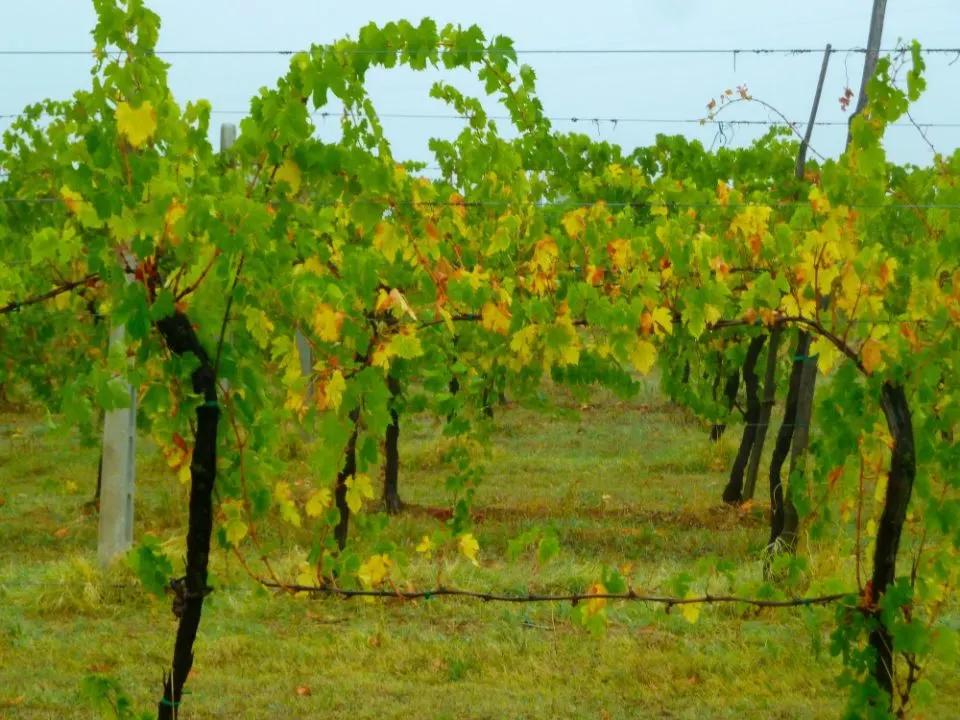
RECOMMENDED READING:
Le Marche Region, Italy:
Food, Friendship, and Wine in Le Marche Region, Italy
The Lost Art of Print Blocking in Carpegna, Italy Regenerated
Calabria Region, Italy:

Vino from Tenuta Masselina
Disclosure: This post was a part of the Buonvivere Blog Tour, organized by Settimana del Buonvivere in collaboration with 21grammy.

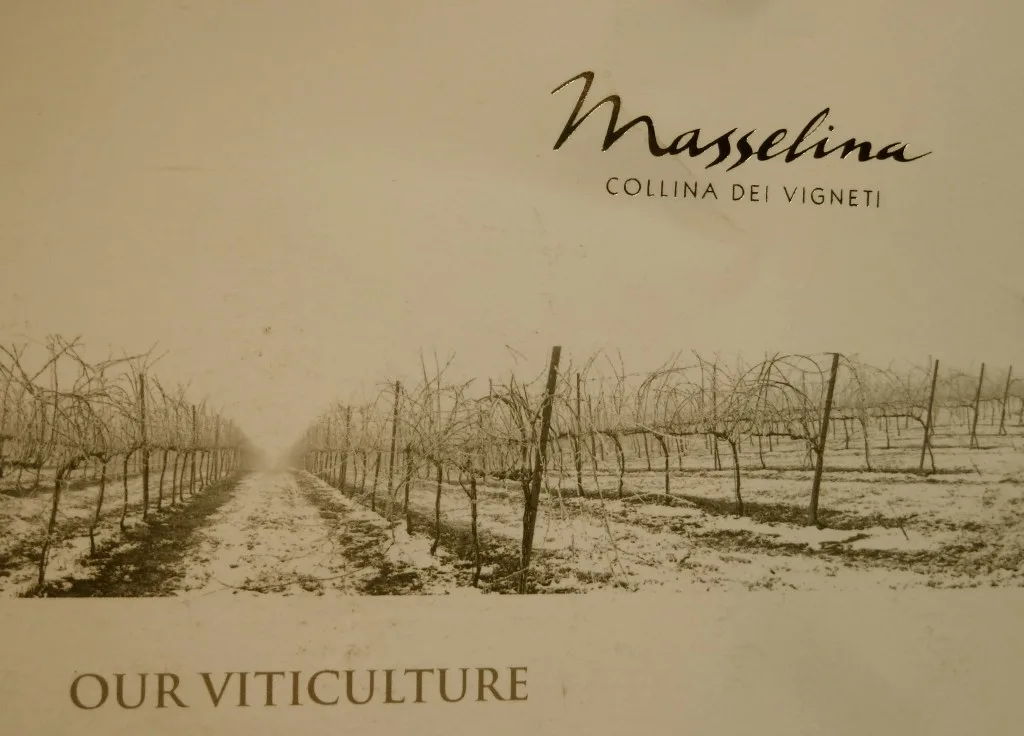


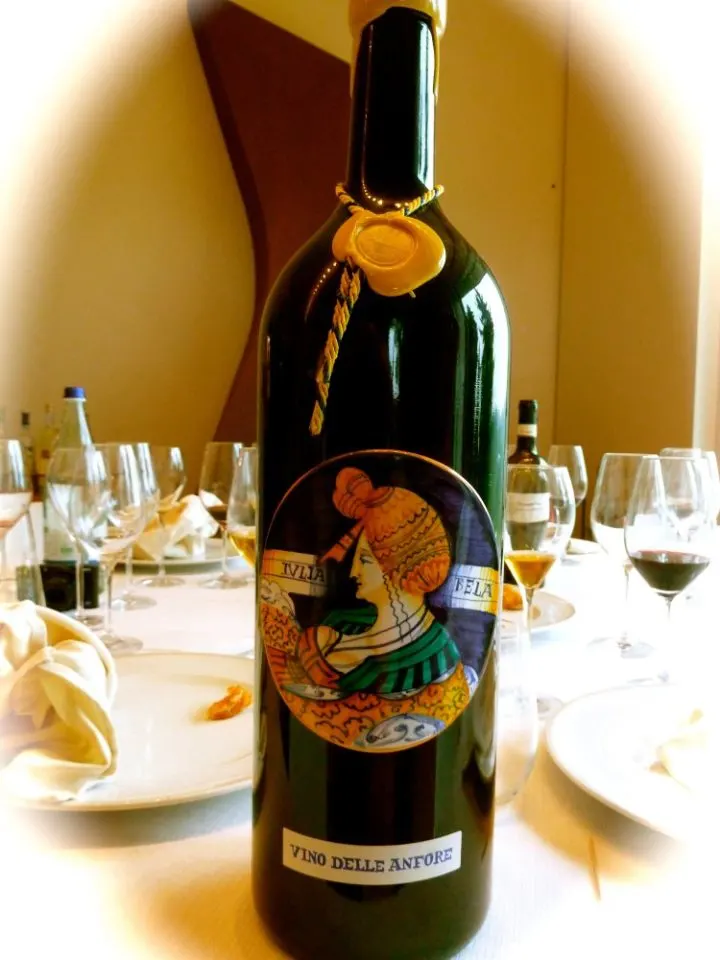



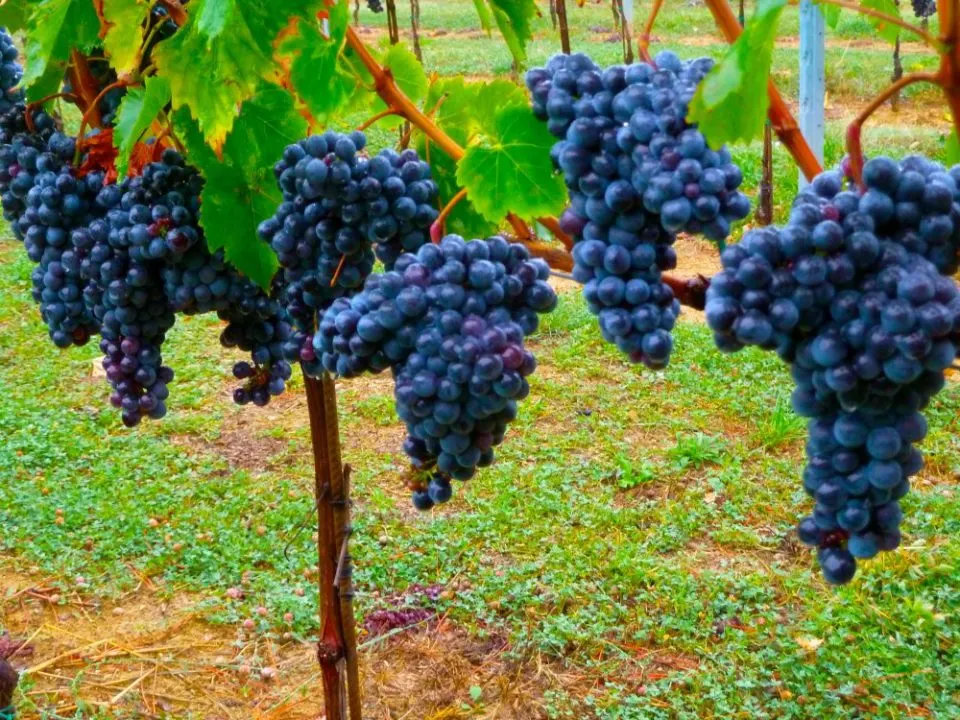


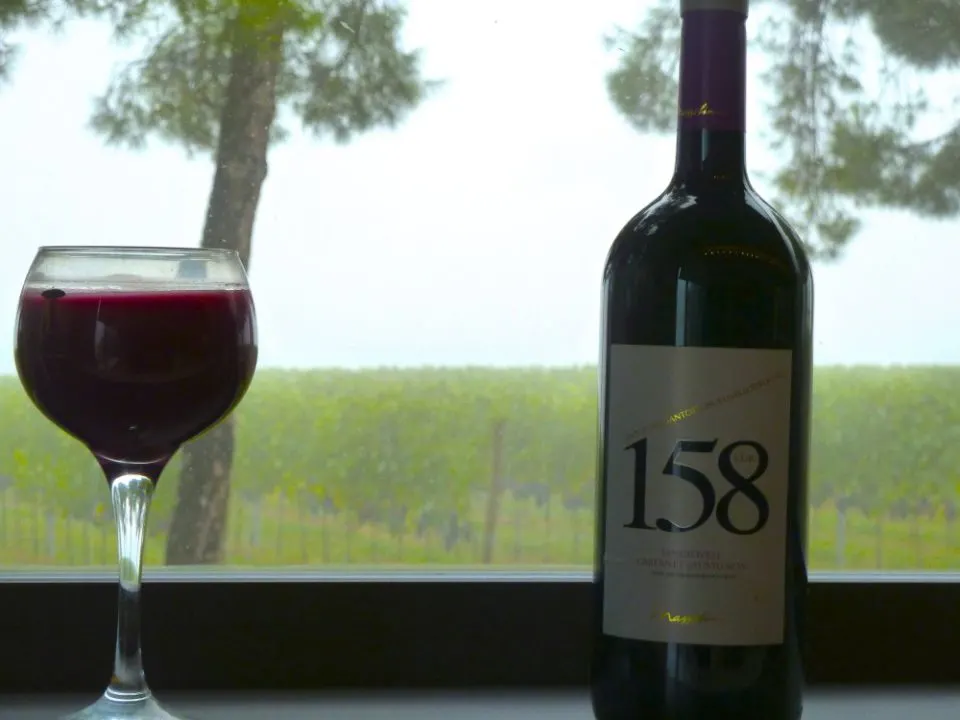

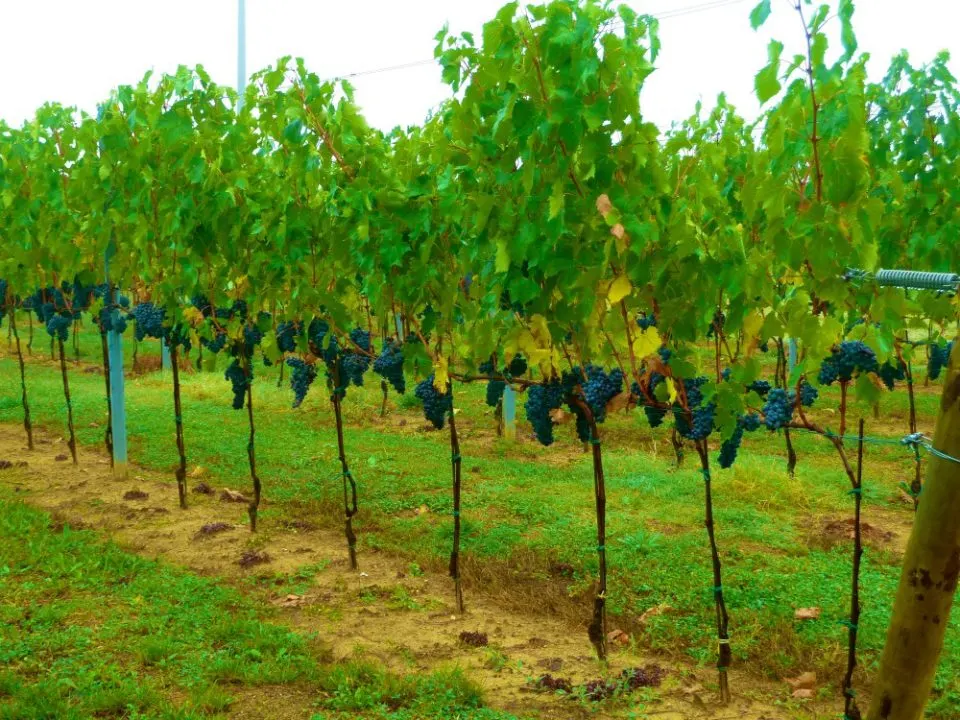

EverywhereAmy
Wednesday 30th of October 2013
These photos are great! This looks like a great experience.
Cacinda Maloney
Wednesday 30th of October 2013
Amy, it was such a nice experience. Now I have to go to Faenza to see the ceramics! My job is never done!
Erica
Monday 28th of October 2013
Well don't those grapes just look scrumptious. Looks like fun!
Cacinda Maloney
Monday 28th of October 2013
Ha! Ha! I think all grapes in Italy look that way! Thanks for reading!
Penny sadler
Wednesday 23rd of October 2013
Those bottles are beautiful and it was a lovely day at the winery. Nice write up.
Cacinda Maloney
Wednesday 23rd of October 2013
Thank you! Those bottles are beautiful! After drinking the wine, you can use the bottle as an olive oil dispenser.